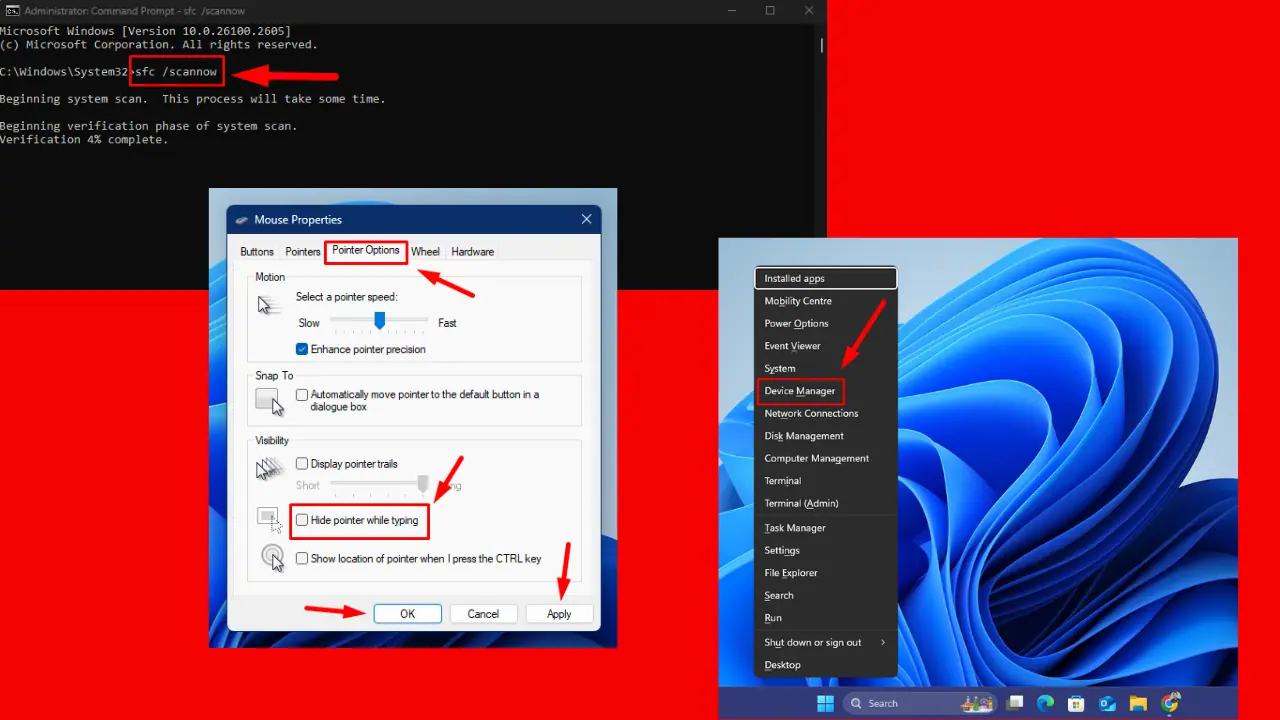Samsung considered adding health sensors to the Galaxy Fold
2 min. read
Published on
Read our disclosure page to find out how can you help MSPoweruser sustain the editorial team Read more

For the very longest time, Samsung shipped their Galaxy flagships with a heart rate sensor next to the camera, and according to a recent patent, Samsung was thinking of adding a variety of other health sensors to its next flagship, the Samsung Galaxy Z Fold 3.
LetsGoDigital reports that Samsung applied for a patent in April 2020 for an ‘Foldable electronic device and method of estimating bioinformation using the same’.
The plan would be for Samsung to build in two image sensors under the flexible screen, and read and interpret data when you cover each sensor with your finger. Samsung would be able to use the data to visualize your pulse wave amplitude, which can be used for a number of purposes.
Samsung expects to be able to extract the following data:
- Blood pressure: oscillometric method to measure pressure changes in the artery.
- Vascular age: the condition of your carotid artery. Can also provide information about your cholesterol level.
- Aortic pressure waveform: ratio of sitting to supine position. Prolonged sitting can also negatively affect vascular health.
- Arterial stiffness: or arterial wall stiffness. Stiffening of the arteries causes the heart to pump harder.
- Vascular compliance: The degree to which an organ yields when force is applied.
- Stress index: to what extent do you suffer from physical or mental stress.
- Fatigue level: how fit you feel. This value can be related to your stress index.
You could also close the device over your finger, to accurately assess the pressure your finger is placing on the screen. Sensors can also be placed on the outside of the device, which is useful for meaning the pulse wave transit time (PTT)
Despite the usefulness of the idea, it seems unlikely Samsung will be adding all these sensors to their next flagship, particularly when their focus is on a slimmer form factor and lower price point.
See the full patent here.










User forum
0 messages